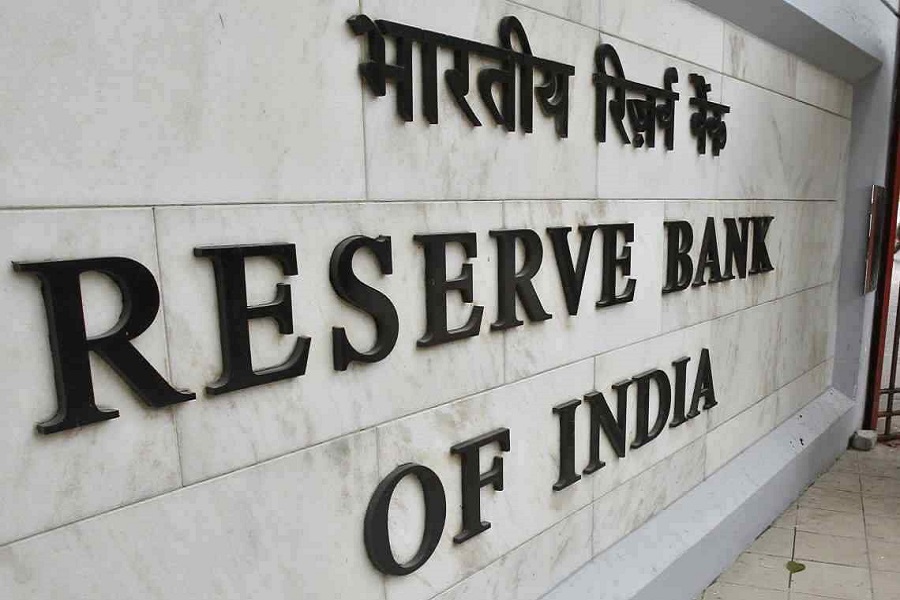India Strategy : Trump`ed and Tariff`ied` ! by Motilal Oswal Financial Services Ltd

Trump’ed and Tariff’ied’!
As we reflect on 4QFY25 earnings estimates in this note, the world stands in the most uncertain economic environment of this decade. The 2020s began with the shock of Covid-19, but the market weathered it rather well after a sharp but short-lived correction, laying the foundation for one of the most significant equity market upswings. Midway through the decade, the tariff war unleashed by the US can have a material bearing on the global economy, corporate earnings, and equity markets. It would be premature to make a definitive assessment of the tariff war's effects, as it may have many more developments to unfold.
A fluid situation fraught with multiple possibilities
Our team has prepared the current estimates without factoring in the implications of the tariff war, and the evolving situation needs to be monitored keenly. From a topdown perspective, the government’s follow-on responses will influence the fortunes of sectors and individual companies. In the event of a full-blown trade war across nations, it is unlikely that any sector will be immune to the impact– whether direct or indirect. The situation remains highly fluid. Opportunities may arise for certain sectors that stand to benefit from favorable tariff differentials. However, there is also a potential for earnings contraction if overall demand in the US shrinks due to higher prices, or if exporters are forced to absorb the impact of tariffs.
Given the uncertainty, conciliatory moves will be welcome
The reactions of Central banks over the next 3-6 months may remain indeterminate, as they must remain flexible in their responses to the evolving situation. The manner in which the tariff war is unfolding could significantly affect global trade, liquidity, and currency movements. In a very short period, the S&P and NASDAQ have corrected 17%/23% since Dec highs, while the US 10Y yield has been down ~90bp over past 3 months and crude prices have fallen 18% since Jan highs. Such pronounced price movements can have a cascading effect on key market and economic variables. Therefore, we hope that in the coming days and weeks, the governments – particularly the US – will offer more conciliatory alternatives to resolve this tangled situation.
India “relatively” less affected than peers
While India itself has been subjected to a 26% reciprocal tariff, the reactions over the coming weeks are likely to be influenced by global trade imbalances, as few competing Asian peers face higher levels of tariffs – such as China: 54%, Vietnam: 46%, Sri Lanka: 44%, Bangladesh: 37%, Thailand: 36%, Taiwan: 32%, et al. Further, India may negotiate a bilateral trade agreement (BTA) with the US, which could lead to milder tariff incidence. However, the evolving situation regarding global liquidity and FII flows – (past six-month FII outflows of ~USD26b) – will be an important determinant of stock market returns. India could be an incremental beneficiary of any reversal in FII flows if global investors grow increasingly concerned about a potential US economic recession in the coming quarters. Domestic flows, especially from the SIP book, have held up well, with the last six months clocking inflows of USD45b, which have helped cushion the impact of FII outflows. We expect long-term trends in DII flows to remain favorable. In the upcoming earnings season, management commentaries on the impact of the global tariff war and the company’s resilience plans will be critical components influencing individual stock performance.
Earnings context in 4QFY25 was unchanged from earlier quarters
The context for 4QFY25 earnings remained essentially unchanged from previous quarters, with MOFSL/Nifty earnings growth expected at 1%/2% YoY. The fourth quarter will round off a disappointing year for Indian corporate earnings, with FY25 PAT growth now projected at 2%/5% YoY for MOFSL/Nifty, resulting in a weak equity market performance in FY25. However, there was a notable recovery (of 6% in Mar’25), following one of the sharpest peak-to-trough declines in Nifty in the past decade. The Nifty P/E has declined 3% below the long-period average (LPA), while the Earnings yield/Bond yield ratio reached multi-quarter highs, making valuations more palatable, especially for large-cap index. In contrast, broader market indices, such as mid- and small-caps, continue to trade meaningfully above their respective LPAs.
Indian policymakers have taken stimulative steps in 4QFY25
The domestic macroeconomic environment is improving at the margin. The Indian policymakers, taking cognizance of weak consumption growth, have taken multiple measures to revive aggregate demand. In the FY26 Union Budget, the Indian Finance Minister shifted the focus of fiscal policy towards consumption from a predominantly capex orientation, with INR1t of personal income tax stimulus for taxpayers. The RBI has endeavored to ease both the cost and quantity of money through multiple tools, including a CRR cut of 50bp, repo cut of 25bp, and several liquidity-enhancing measures such as a series of open market operations (OMOs; INR2.9t) and FX swaps. All these fiscal and monetary measures should start to yield results over the next few quarters, creating buying opportunities in select domestic-focused companies. The political landscape of India has also improved, as the ruling BJP’s position has become stronger after its emphatic victory in the Delhi state elections, building on a strong performance in the Maharashtra and Haryana elections last year. This has diffused concerns over its political bargaining power in a coalition government. A more surefooted government is much better placed to address critical issues of the economy.
Stimulative policy responses and better macros provide optimism
India’s inflationary pressures appear to be abating, and our economist now anticipates a lower CPI print at 4.7% YoY for FY25 (vs. 5.1% earlier). He further forecasts a benign 3.8% CPI for FY26. This outlook should enable the RBI to implement additional cuts to its policy rate in the upcoming meeting. While 4QFY25 is likely to be another weak quarter in terms of earnings, we believe the market will begin to factor in growth for FY26, which may benefit from the depressed base of FY25. A bottom-up aggregation of our analysts' estimates suggests an FY26 earnings growth of 18%/14% for MOFSL/Nifty-50 respectively – although this is highly amenable to revisions due to the ongoing tariff-war induced uncertainties. Rural demand has been healthy, supported by strong agricultural output. The monsoon forecasts will be closely monitored over the next month for indications of sustained strength in rural demand, while urban demand is likely to benefit from tax stimulus. However, all of the above views carry the caveat of the uncertain impact of the tariff war situation globally.
Medium- to long-term outlook stays better owing domestic factors
While near-term challenges such as global macros, trade wars, and a weak 4QFY25 will keep the market volatile, we believe that the medium- to long-term growth narrative for India remains intact. The domestic SIP flows into equities remain strong. The political calendar for CY25 is relatively light, which may allow the government to implement appropriate policy actions. A reorientation and proper direction of government spending towards the much-needed boost in urban consumption, a gradual recovery in corporate earnings, and a base of weak market performance provide a safety net for Indian equities. However, the biggest risk remains the exaggerated impact of global tariff wars, which is currently in a state of flux. In this context, we discuss our expectations for 4QFY25 earnings in detail below.
Earnings softness persists in 4Q; Nifty EPS cut 2.9%/3.8% for FY25E/FY26E
We estimate the MOFSL Universe/Nifty-50 earnings to grow 1%/2% YoY in 4QFY25. Ex- Financials, we expect the earnings to grow 1%/4% YoY, whereas ex-Metals and O&G, we project the earnings to grow 5%/4% YoY during the quarter. The EBITDA margin (ex-Financials) is likely to expand moderately by 20bp (flat QoQ) for the MOFSL Universe, reaching 17.1% in 4QFY25, primarily aided by Metals, Telecom, and Healthcare but dragged down by O&G and Cement sectors. Meanwhile, the margin is projected to expand 50bp for the Nifty-50 (ex-Financials) at 21.3%. The overall modest earnings growth is expected to be anchored by the Metals (+24% YoY), Telecom (loss to profit), Healthcare (+11% YoY), Technology (+6% YoY), and BFSI (+2% YoY) sectors. In contrast, earnings growth is likely to be weakened by O&G (-25% YoY), Real Estate (-16% YoY), and Cement (-14% YoY), while Autos (+1% YoY) and Consumer (flat YoY) are anticipated to post a muted quarter. Meanwhile, among smaller sectors, EMS (69% YoY), Logistics (+30% YoY), Consumer Durables (+21% YoY), and Retail (+14% YoY) are projected to deliver strong growth. The Chemicals (+13% YoY) sector is likely to report the first quarter of earnings growth after seven quarters of YoY decline.
Further, we expect FY25 earnings to grow 2% YoY and 5% YoY for the MOFSL Universe and Nifty-50, respectively. FY25 earnings, ex-Financials, are projected to decline 3% YoY but grow 2% YoY. Ex- Metals and O&G, FY25 earnings are likely to increase 11% and 9% YoY, respectively, for the MOFSL Universe/Nifty-50. We cut our FY25E/FY26E Nifty EPS by 2.9%/3.8% and expect it to grow to INR1,017/INR1,157. O&G, Metals, Auto, and BFSI have led ~99%/95% cut in FY25E/FY26E Nifty earnings.
For More Research Reports : Click Here
For More Motilal Oswal Securities Ltd Disclaimer
http://www.motilaloswal.com/MOSLdisclaimer/disclaimer.html
SEBI Registration number is INH000000412


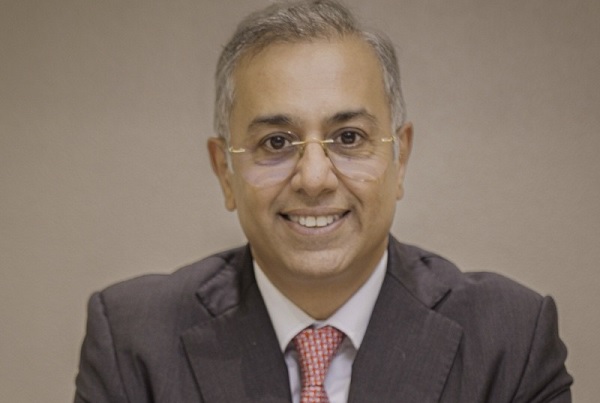



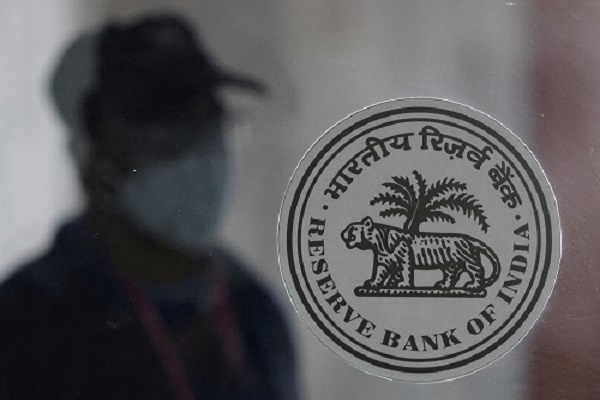
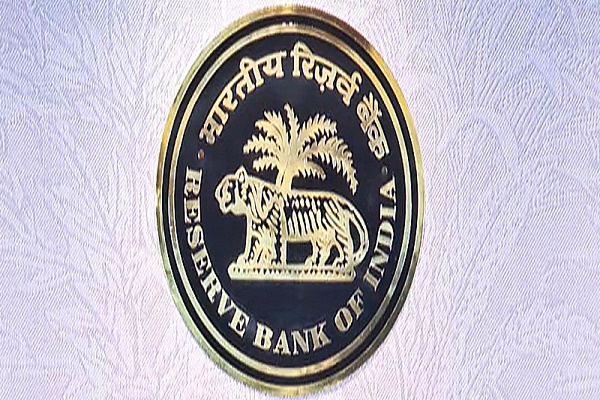


More News
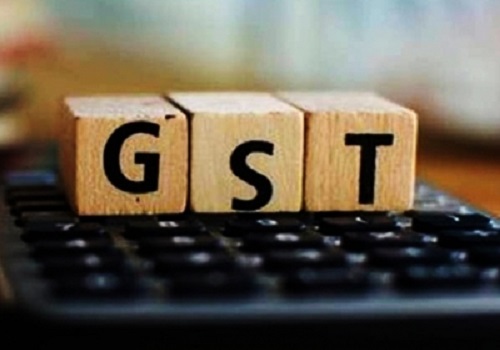
The Economy Observer : GST Monitor: GST collections hit an all-time high... By Motilal Oswa...


